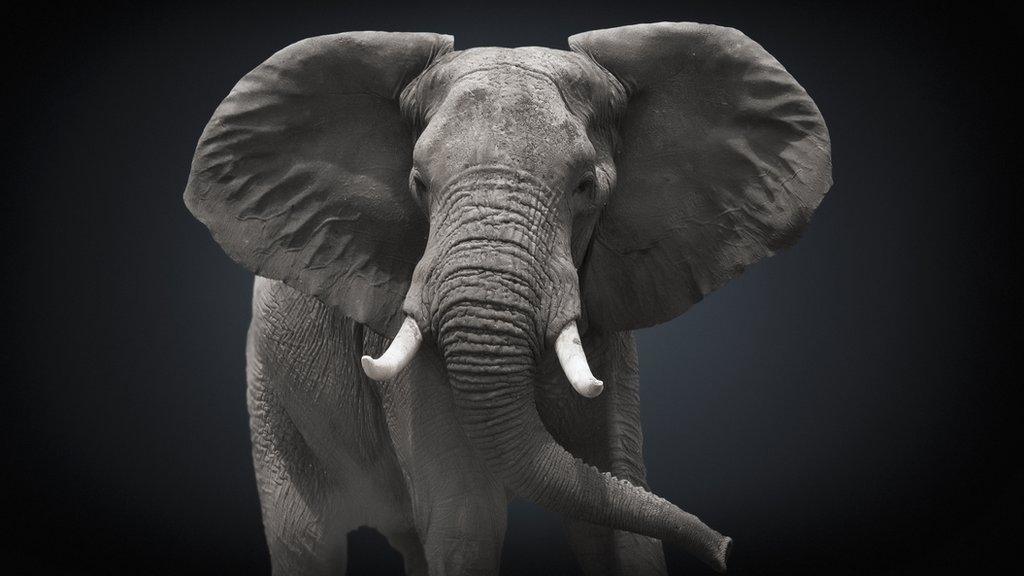Elephant dictionary created to help understand the gentle giants
- Published
- comments
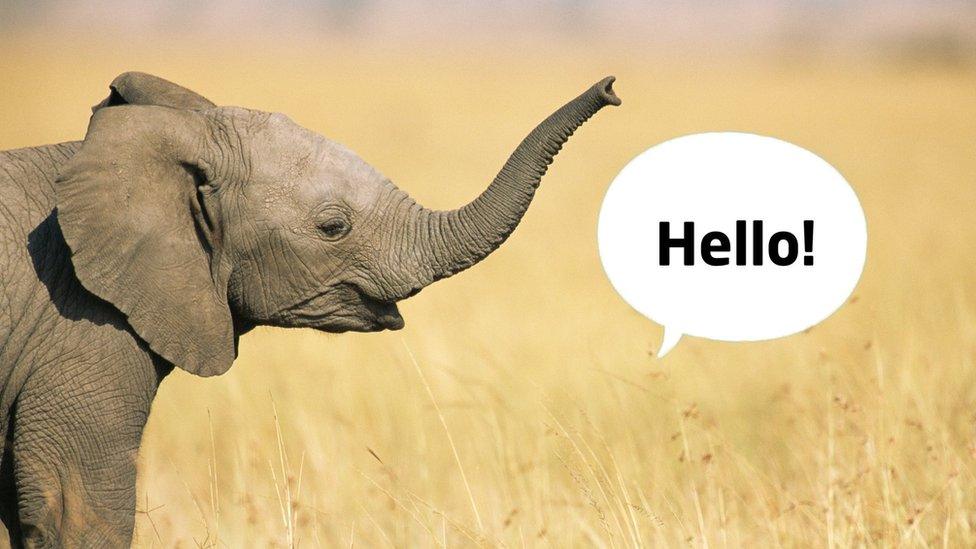
Do you speak elephant? With this new dictionary you can!
Elephant scientist Joyce Poole and her husband Petter Granli have been working on a huge online database called the Elephant Ethogram for the last five years.
The Elephant Ethogram is a kind of like a foreign-language dictionary for elephants, which is based on decades of research studies, photographs, and audio and video recordings.
It contains 425 different elephant behaviours, and has around 3,000 video clips, audio recordings and photographs to demonstrate each one.
"The attention to detail in Joyce and Petter's work is amazing," said Lucy Bates who studies elephant cognition at the University of Sussex in the UK.
"The tiniest, subtlest movements that are so easy to miss have been highlighted and described, which could save huge amounts of time and effort for people just learning about elephant behaviour." she added.
Although the dictionary is currently only for African savanna elephants, Joyce and Petter hope it will help other elephant scientists with their research, and that they will be able to add to it as time goes on.
What is an Ethogram

An ethogram is a formal list, or description of the behaviours and actions of a species of animal.
The word ethogram comes from the words 'etho' which means the attitudes, habits or beliefs of an individual or group, and 'gram', which means to write down or record.
Ethograms can be found as far back as the mid-20th century when famous ethologists like Nikolaas Tinbergen and Konrad Lorenz created the first ones for species including types of insects, birds, and fish.
How do they work?
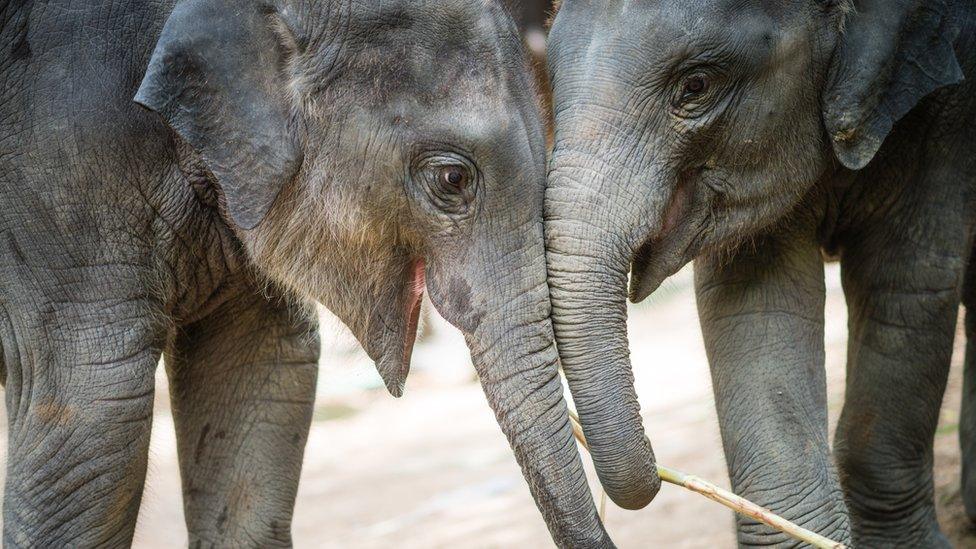
An ethogram is made up of three parts: Behaviours, Constellations and Context.
A Behaviour is a unique action which happens in response to a particular situation. For example in humans we might shake hands with a person when we meet them.
A Constellation is group of behaviours that generally happen together. For example in humans, 'greeting' would be the Constellation, and a 'hand-shake' would be one of the Behaviours.
Context is very important because that describes the situation that the action is taking place in, and helps to understand its meaning better. In the example earlier, the hand-shake is happening, because people are meeting each other.
These are all shown in an ethogram by using pictures, videos and audio recordings along with written descriptions.
Elephant speak
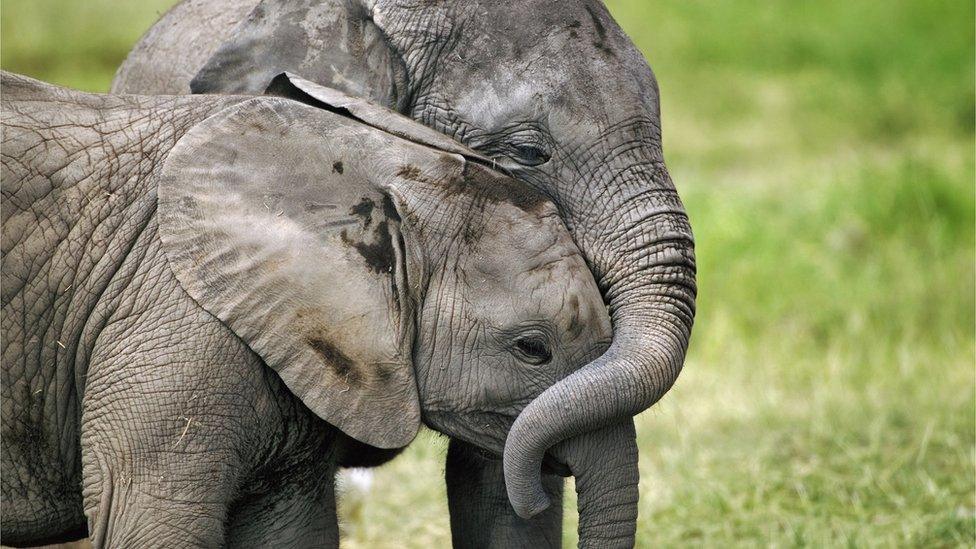
Here are some examples from the Elephant Ethogram:
"High-fiving" - a greeting that involves elephants raising and intertwining their trunks.
"Periscope-trunk" - when an elephant raises its trunk high into the air. Once just thought to be a form of sniffing, it now has multiple meanings. For example elephants might use it to point towards the destination when moving in a group, or from a baby elephant, it might indicate that they want milk.
"Trunk-Sucking" - When an elephant sucks on its own trunk. This happens when the elephant is unsure, and brings it comfort. (A bit like sucking a thumb!)
If you can't see the quiz, click here
- Published12 August 2023
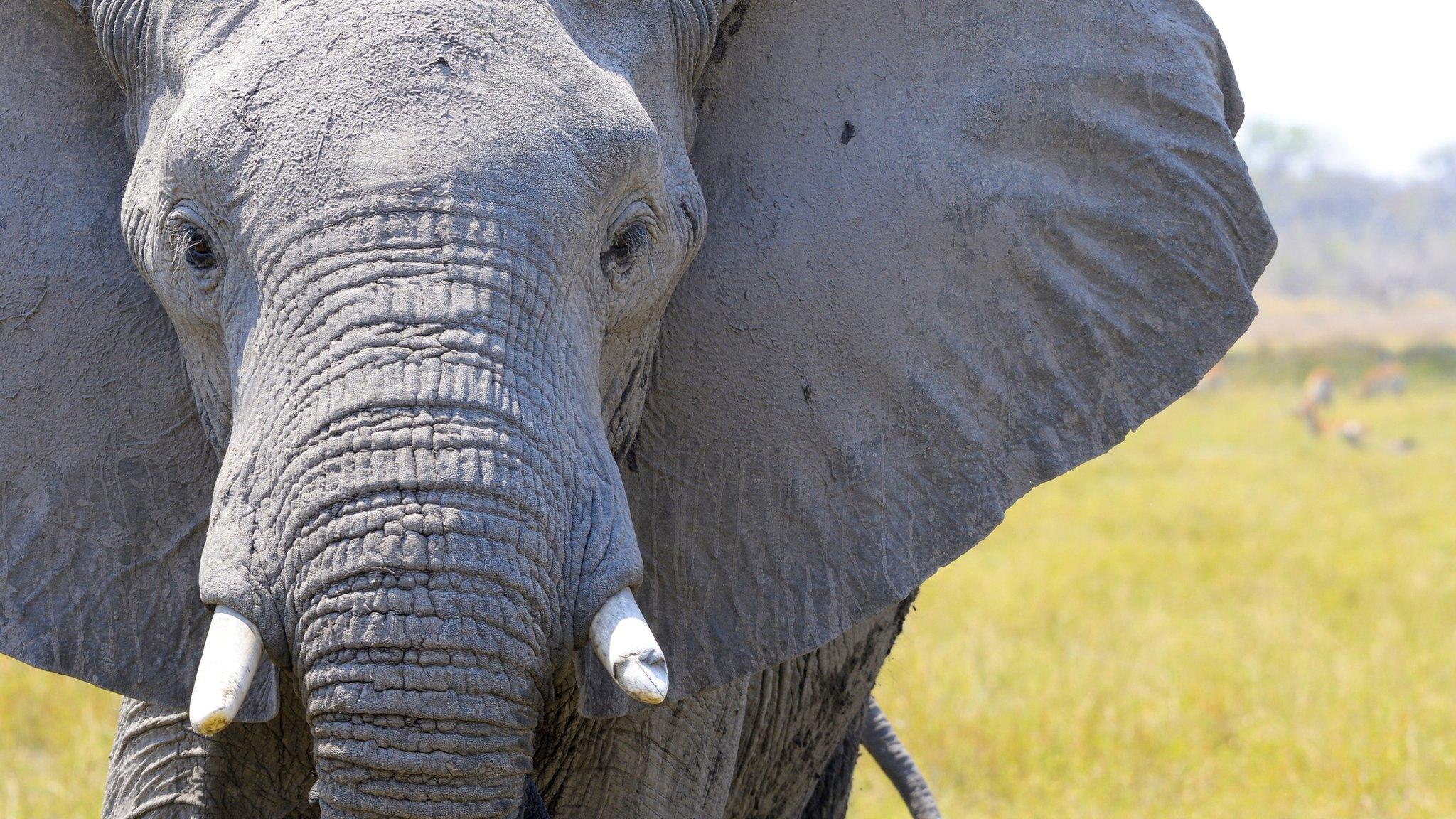
- Published22 January 2021
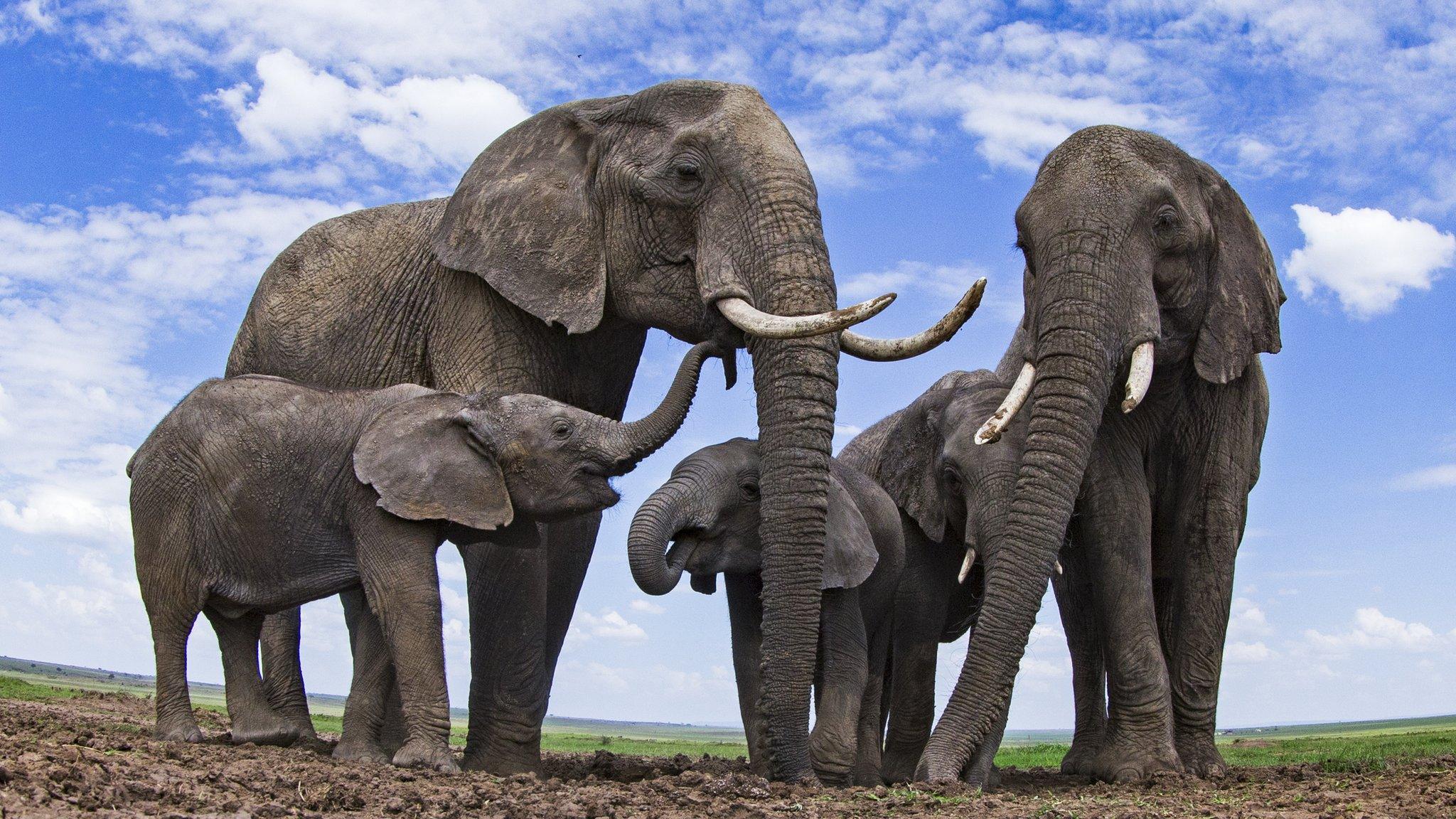
- Published29 October 2021
